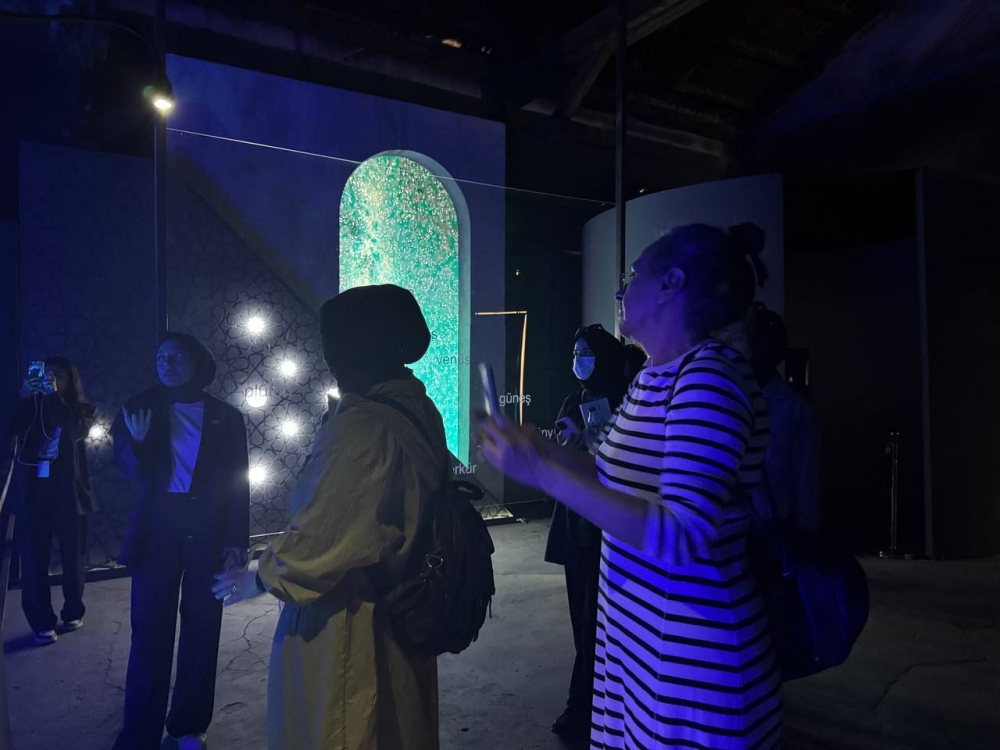Special guided tours led by curators Fatih Ömeroğlu and Furkan Türkyılmaz offer viewers a conceptual journey through art in historical venues, enriching the intellectual foundation of the 3rd International Yeditepe Biennial. This intense interaction between art and venue leaves a lasting impression on visitors through thoughtfully curated experiences completed during the biennial.
As part of the 3rd International Yeditepe Biennial, the curator-led special tours stand out as a powerful program series that interprets classical arts through a contemporary lens, set against the historical fabric of Istanbul. These tours take art enthusiasts on an exploration that is not only visual but also spatial, conceptual, and aesthetic. The first stop on the tour was the Sirkeci Station Warehouses, followed by the Nuruosmaniye Mosque Cellar. Both locations highlighted the relationship between art and venue, offering audiences an in-depth reading through the guidance of the curators.
The first tour, held at the Sirkeci Station Warehouses, was guided by one of the biennial’s curators, Fatih Ömeroğlu. Participants had the unique opportunity to interpret works that reimagine the traditional forms and techniques of classical art through a contemporary aesthetic, directly from the perspective of the curator. Mr. Ömeroğlu provided detailed commentary on topics ranging from the venue arrangement and conceptual framework of the works to the role of the historical building within the biennial’s narrative. Thus, visitors were not only taken on a simple exhibition tour but were also invited to reflect on the relationships between the memory of the venue and the language of art. “This biennial is not just about exhibiting traces of the past; it aims to generate new layers of meaning by initiating a dialogue between the past and the present,” Mr. Ömeroğlu emphasized, highlighting the simultaneity established between art and history by the biennial.
The second stop of the weekly curator-led tours was one of Istanbul’s most unique and hidden venues—the Nuruosmaniye Mosque Cellar. In this tour, curator Furkan Türkyılmaz constructed a narrative focusing on the metaphysical dimensions of classical art, inviting visitors on a journey not only physical but also intellectual. The stories echoing through the stone walls of the cellar enhanced the dialogue between the exhibited works and the venue, offering the audience a novel exhibition experience. Installations built around the relationship between material, light, and concept created an artistic language that spoke with the historical silence of the venue. “This cellar has witnessed silence throughout history. We placed works that speak with it, not over it,” said Mr. Türkyılmaz, expressing that the selected artworks were curated with a spatial sensitivity.
Held in historical venues such as Sirkeci Station and the Nuruosmaniye Cellar, these tours deepen the connection between art and audience within the broader structure of the biennial. Taking place each week at a different location under the guidance of a different curator, these gatherings reveal not only the aesthetic but also the conceptual and historical contexts of the artworks. The biennial offers a compelling proposition regarding the ways classical arts can be reconnected with the contemporary world, while simultaneously incorporating the historical memory of each venue as an inseparable part of that proposal.
Organized under the auspices of the Presidency of the Republic of Türkiye in collaboration with the Fatih Municipality and the Classical Turkish Arts Foundation, the 3rd International Yeditepe Biennial brings a new breath to Istanbul’s cultural life with its interdisciplinary approach, original curatorial vision, and venue-oriented exhibition formats. The diversity of exhibition spaces, the multilayered nature of the concepts, and these special programs led by curators transform viewers from passive spectators into participants who think, question, and reinterpret.
The curator-led tours serve as narrative platforms that support the intellectual foundation of the biennial, enrich the viewer's relationship with art, and reveal the historical layers of the venues through the language of art. Each tour becomes a platform where art is not only displayed but also experienced, felt, and reimagined through dialogue. The Yeditepe Biennial will continue to expand these dialogues, inviting audiences to become active participants in this pluralistic narrative.





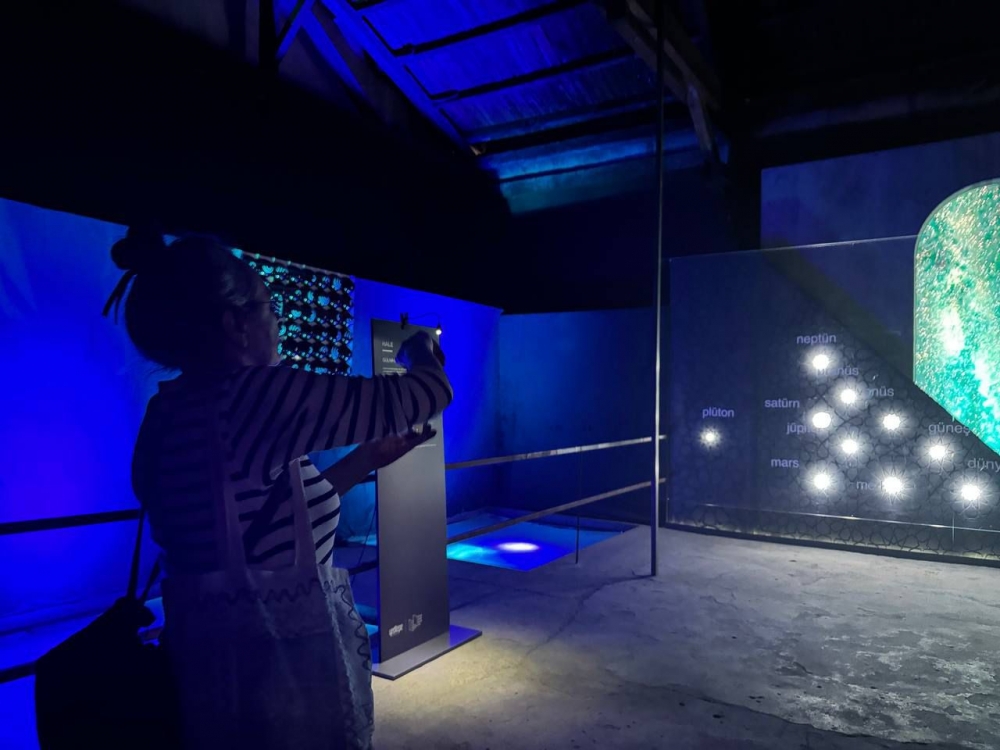
.jpeg)
.jpeg)
.jpeg)
.jpeg)
.jpeg)
.jpeg)
.jpeg)
.jpeg)
.jpeg)
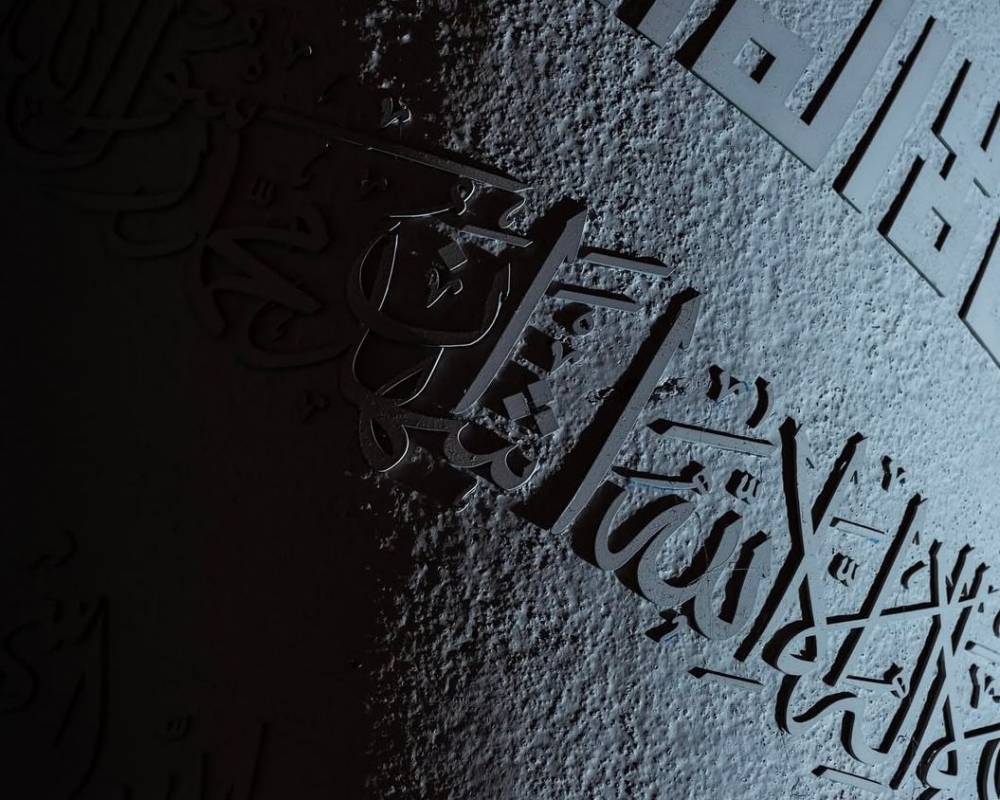
.jpeg)
.jpeg)
.jpeg)
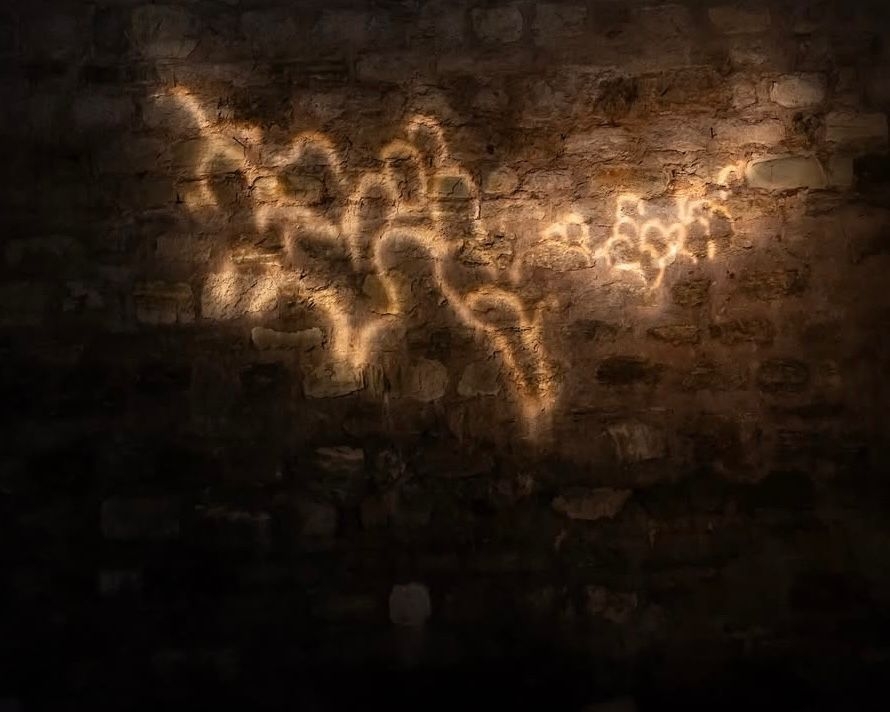
.jpeg)
.jpeg)
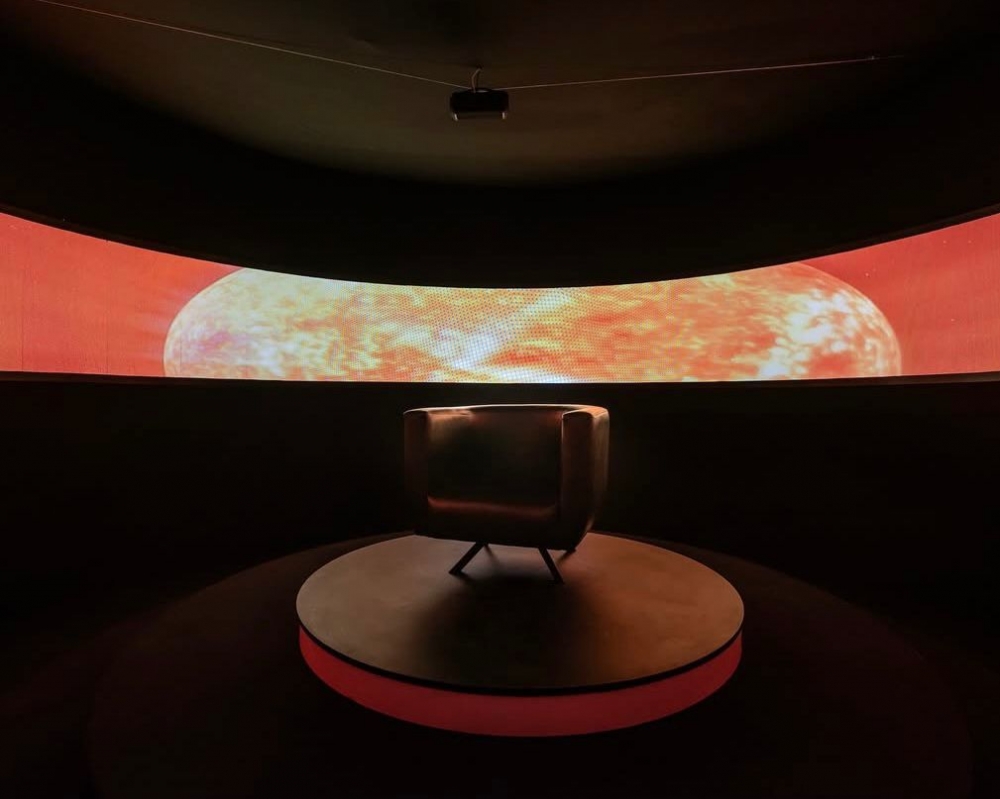
.jpeg)
